10 Best Herbal Juices For Fungal Skin Infection
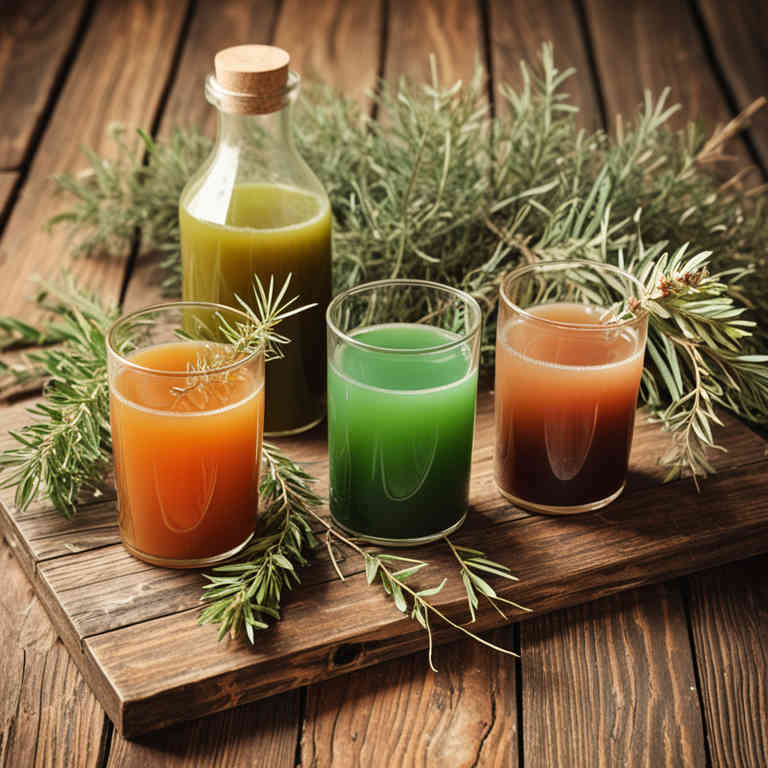
Herbal juices have gained attention as natural remedies for fungal skin infections due to their antimicrobial and anti-inflammatory properties.
Certain herbs, such as neem, turmeric, and garlic, contain compounds that can inhibit fungal growth and promote skin healing. These juices can be applied topically or consumed internally to support the body's immune response against fungal infections. While they may offer relief, it is important to consult a healthcare professional before relying solely on herbal treatments.
Overall, herbal juices can be a complementary approach when used alongside conventional treatments for fungal skin infections.
FREE Herb Drying Checklist
How to make sure every batch retains maximum flavor, color, and aroma without the risk of mold or over-drying. Eliminate guesswork and trial-and-error, making herb drying faster, easier, and more efficient every time.
Table of Contents
1. Aloe barbadensis
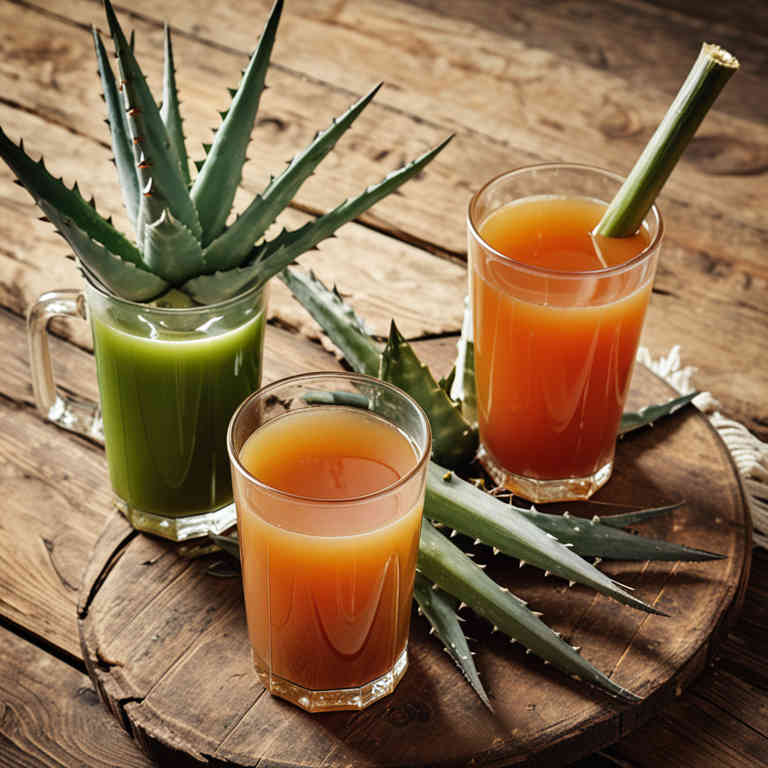
Aloe barbadensis, commonly known as aloe vera, has been widely recognized for its potential benefits in treating fungal skin infections due to its anti-inflammatory, antimicrobial, and wound-healing properties.
The gel extracted from the inner leaf of the aloe plant contains various bioactive compounds such as polysaccharides, enzymes, and antioxidants that may help inhibit the growth of fungi like Candida and Trichophyton. Clinical studies suggest that aloe vera juice can reduce symptoms of fungal infections, including redness, itching, and scaling, by promoting skin repair and enhancing the body's immune response. However, while some research supports its use as a complementary therapy, it is important to consult a healthcare professional before relying solely on aloe barbadensis for treating severe or persistent fungal infections.
Overall, aloe vera juice may offer a natural and soothing option for managing mild fungal skin conditions when used alongside conventional treatments.
2. Zingiber officinale

Zingiber officinale, commonly known as ginger, has been traditionally used for its antimicrobial and anti-inflammatory properties, making it a potential natural remedy for fungal skin infections.
The active compounds in ginger, such as gingerol and shogaol, exhibit antifungal activity by inhibiting the growth of various fungal strains, including Candida and dermatophytes. Herbal juices made from fresh ginger can be applied topically to affected skin areas to reduce symptoms like itching and redness while promoting healing. However, it is important to consult a healthcare professional before using ginger-based remedies, as they may not replace conventional antifungal treatments.
Despite its natural benefits, the efficacy of ginger juice for fungal infections can vary, and more scientific research is needed to fully understand its therapeutic potential.
3. Echinacea purpurea
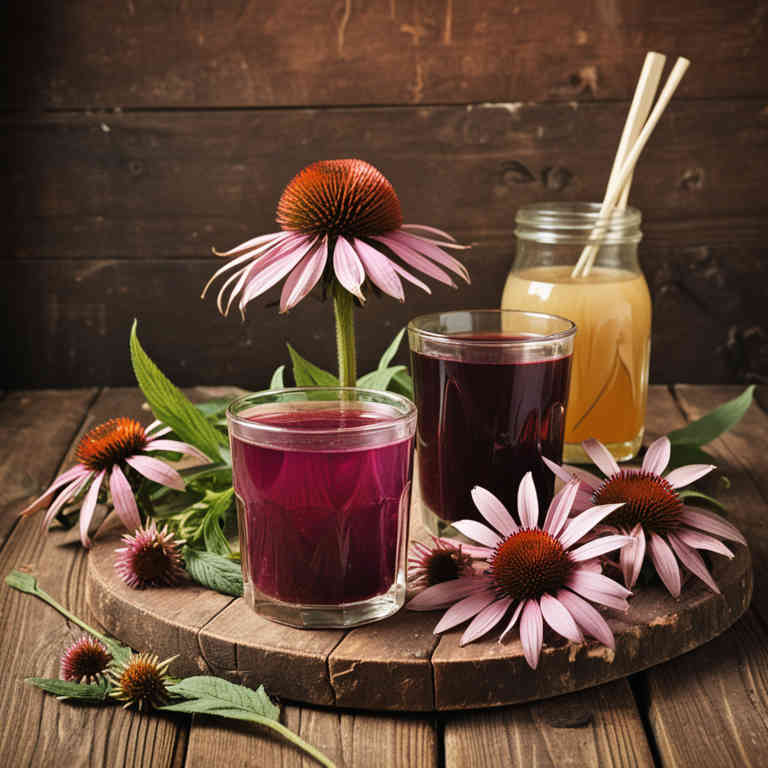
Echinacea purpurea, commonly known as purple coneflower, is a popular herbal remedy often used to support immune function and combat infections.
While it is traditionally used for respiratory ailments, some studies suggest that echinacea may have antifungal properties that could aid in the treatment of fungal skin infections. Herbal juices made from echinacea roots and leaves are believed to contain compounds such as alkamides and flavonoids, which may help inhibit the growth of fungi. However, it is important to note that scientific evidence supporting its efficacy for fungal infections is limited, and it should not replace conventional antifungal treatments.
As with any herbal remedy, it is advisable to consult a healthcare professional before using echinacea for skin infections to ensure safety and appropriateness.
4. Lavandula angustifolia
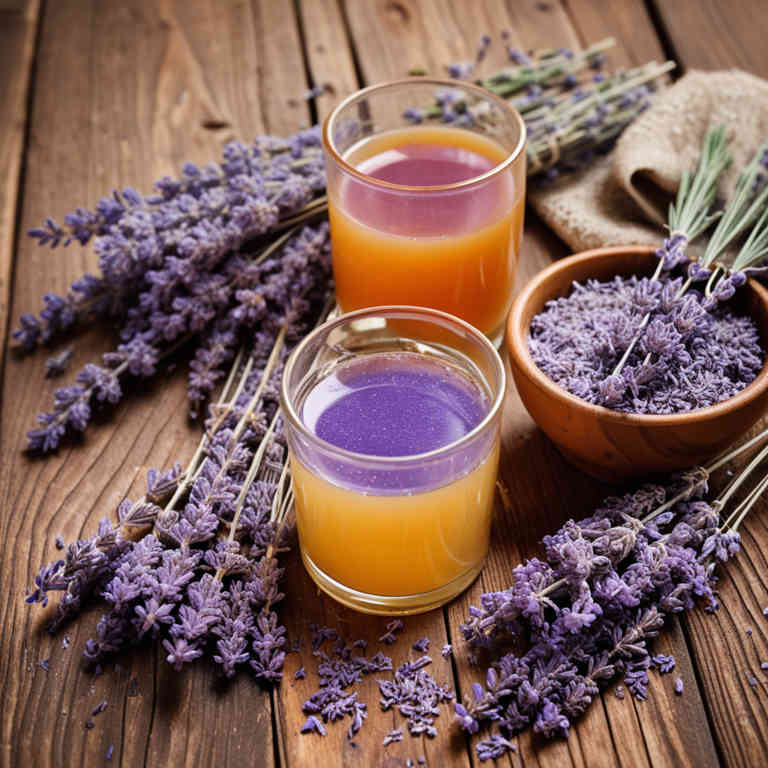
Lavandula angustifolia, commonly known as English lavender, has been traditionally used for its antimicrobial and anti-inflammatory properties.
Recent studies suggest that extracts from this plant may possess antifungal activity, making it a potential natural remedy for fungal skin infections such as athlete's foot and ringworm. When used in herbal juices, the bioactive compounds like linalool and lavandulol may help inhibit the growth of fungi on the skin. However, while preliminary research is promising, more clinical trials are needed to confirm its efficacy and safety for topical use.
As with any herbal treatment, it is advisable to consult a healthcare professional before using lavender-based products for fungal infections.
5. Curcuma longa

Curcuma longa, commonly known as turmeric, contains curcumin, a compound known for its potent anti-inflammatory and antimicrobial properties.
Herbal juices made from Curcuma longa have been traditionally used to treat various skin conditions, including fungal infections due to their ability to inhibit the growth of fungi. These juices work by disrupting the cell membrane of fungal organisms and reducing oxidative stress in the affected area. When applied topically, they can help alleviate symptoms such as redness, itching, and scaling associated with fungal infections.
However, it is important to consult a healthcare professional before using turmeric-based remedies, especially if the infection is severe or persistent.
6. Urtica dioica

Urtica dioica, commonly known as stinging nettle, has been traditionally used for its potential anti-inflammatory and antifungal properties.
When prepared as a herbal juice, it may help in reducing skin irritation and combating fungal infections due to its high concentration of antioxidants and bioactive compounds. The juice is typically made by juicing fresh nettle leaves, which are known to contain compounds like chlorophyll, flavonoids, and polyphenols. While some preliminary studies suggest its efficacy against certain fungi, more research is needed to confirm its effectiveness as a standalone treatment for fungal skin infections.
It is often recommended to use nettle juice in conjunction with other antifungal treatments under the guidance of a healthcare professional.
7. Hypericum perforatum

Hypericum perforatum, commonly known as St. John's Wort, has been traditionally used for its potential antimicrobial properties, including its effectiveness against fungal skin infections.
The plant contains bioactive compounds such as hypericin and hyperforin, which exhibit antifungal activity by disrupting fungal cell membranes and inhibiting their growth. When prepared as a herbal juice, hypericum perforatum may help reduce inflammation and redness associated with fungal infections like athlete's foot or ringworm. However, it is important to note that while some studies suggest its efficacy, more clinical research is needed to fully establish its safety and effectiveness for such conditions.
As with any herbal remedy, it should be used under the guidance of a healthcare professional to avoid potential interactions with other medications.
8. Silybum marianum
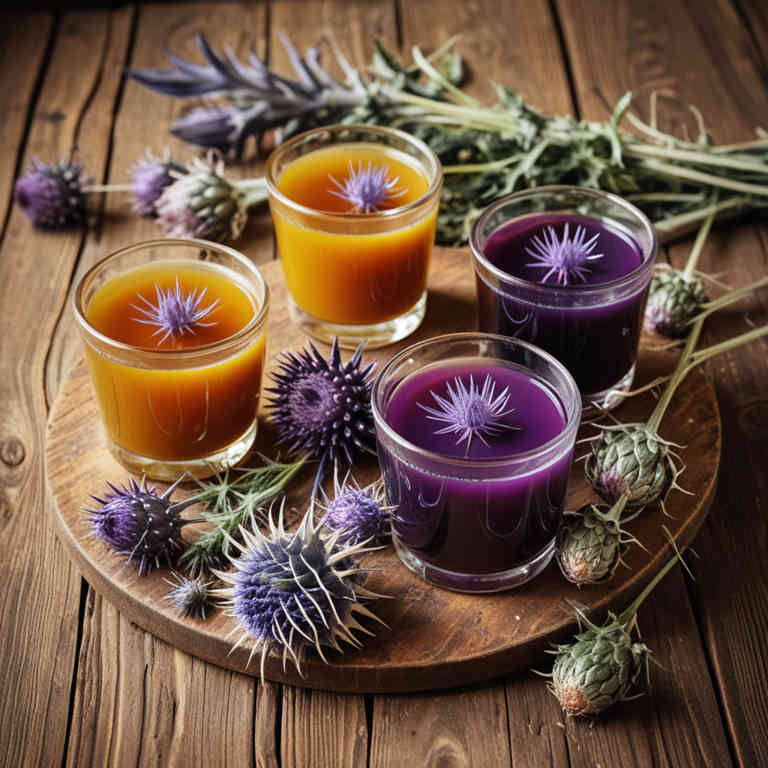
Silybum marianum, commonly known as milk thistle, is a herbal plant that has been traditionally used for its potential health benefits, including its anti-fungal properties.
Recent studies suggest that the bioactive compounds in silybum marianum, such as silymarin, may inhibit the growth of certain fungal species that cause skin infections. Herbal juices made from silybum marianum are believed to support skin health by reducing inflammation and promoting healing in fungal-infected areas. However, while some anecdotal evidence supports its use, more scientific research is needed to confirm its efficacy and safety for treating fungal skin infections.
As with any herbal remedy, it is advisable to consult a healthcare professional before using silybum marianum juice as a treatment.
9. Salvia officinalis
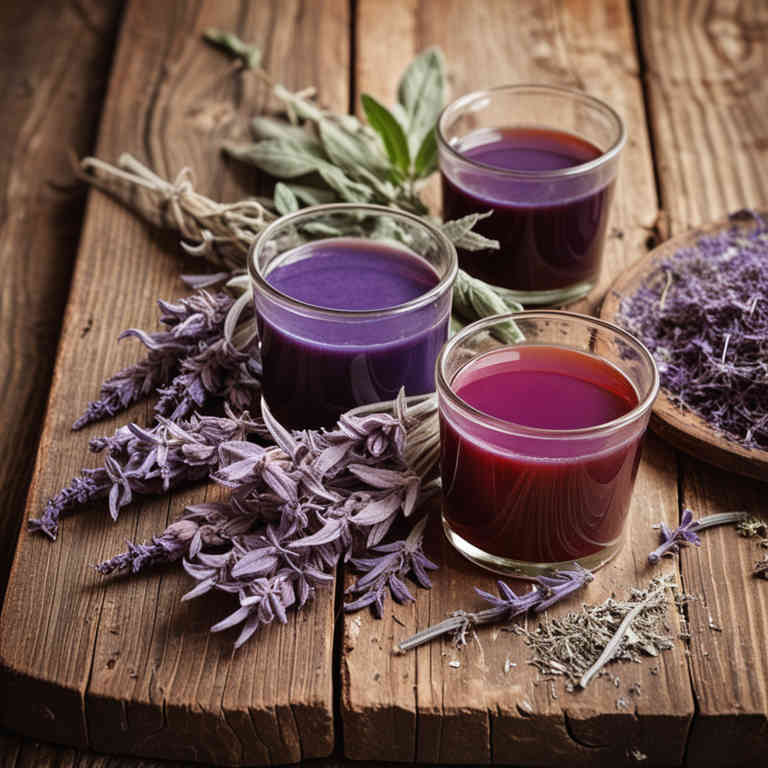
Salvia officinalis, commonly known as sage, has been traditionally used for its antimicrobial and anti-inflammatory properties, making it a potential candidate for herbal juices aimed at treating fungal skin infections.
The essential oils and phytochemicals in sage, such as thujone and flavonoids, exhibit antifungal activity against various dermatophytes and yeast species. When prepared as a juice, sage can be applied topically to affected areas to help reduce fungal growth and soothe inflammation. However, it is important to note that while preliminary studies show promise, more clinical research is needed to confirm its efficacy and safety for long-term use.
As with any herbal remedy, it should be used under the guidance of a healthcare professional, especially for persistent or severe fungal infections.
10. Thymus vulgaris
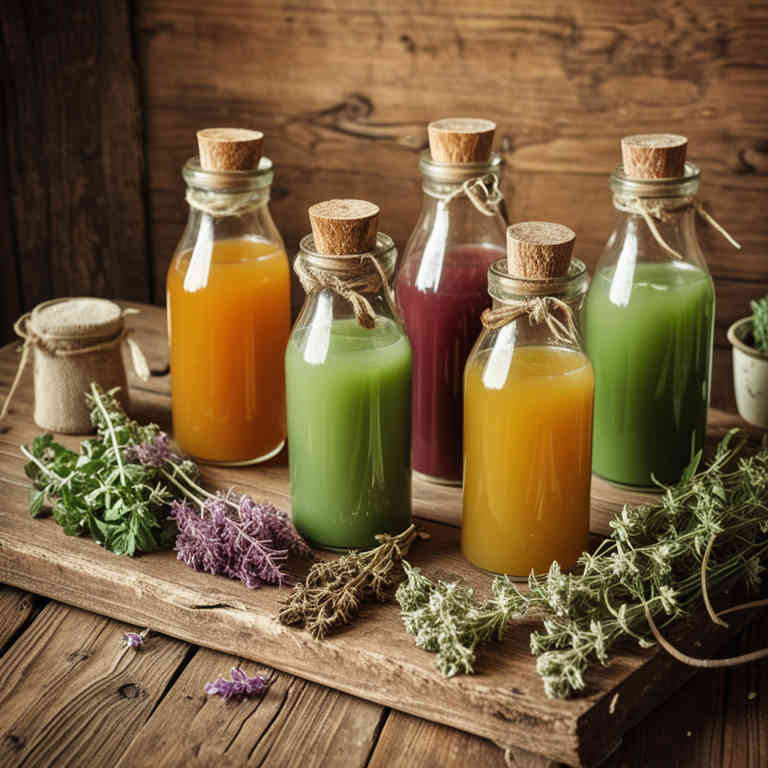
Thymus vulgaris, commonly known as thyme, is a herb that has been traditionally used for its antimicrobial and anti-inflammatory properties.
Its essential oils, particularly thymol, are known to exhibit strong antifungal activity against various skin pathogens. Thymus vulgaris herbal juices can be prepared by infusing fresh or dried thyme leaves in water or alcohol to extract its active compounds. These juices may help reduce symptoms of fungal skin infections such as athlete's foot and ringworm by inhibiting fungal growth.
However, it is important to consult a healthcare professional before using thyme-based remedies, especially for persistent or severe infections.